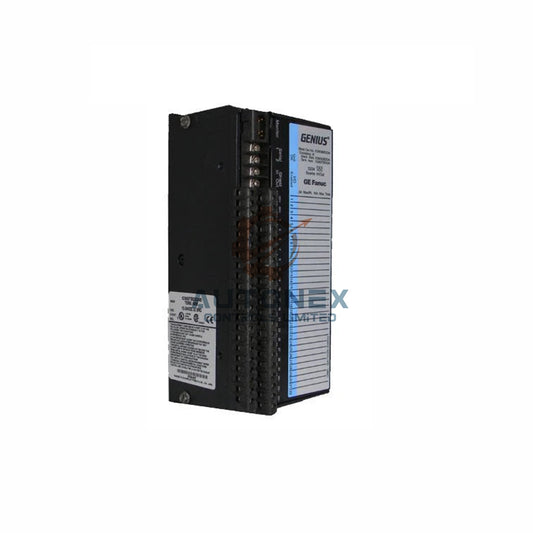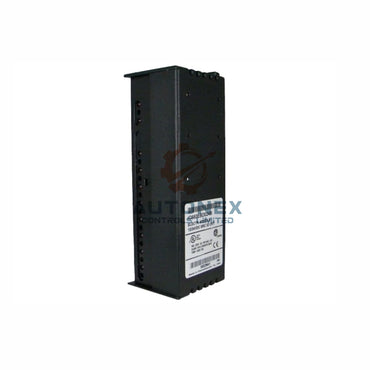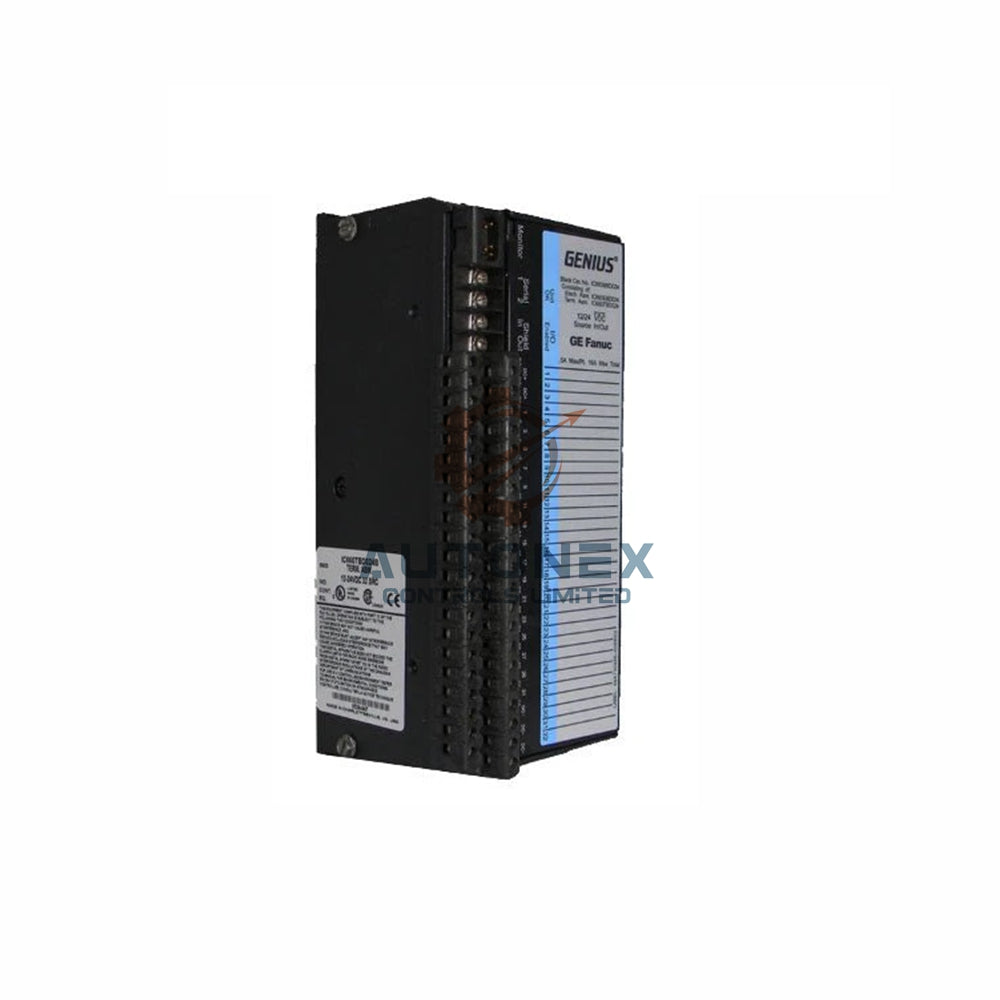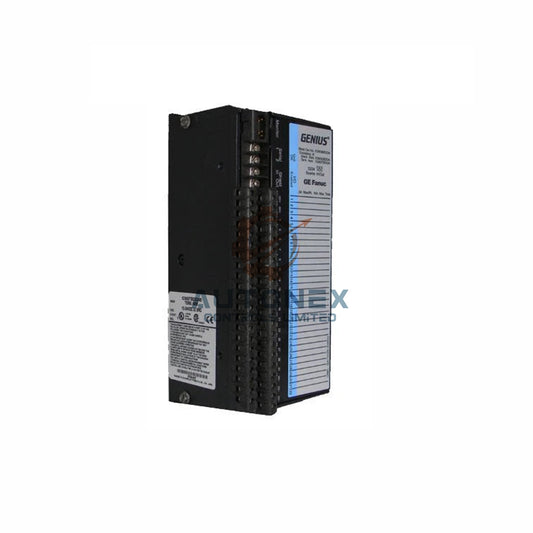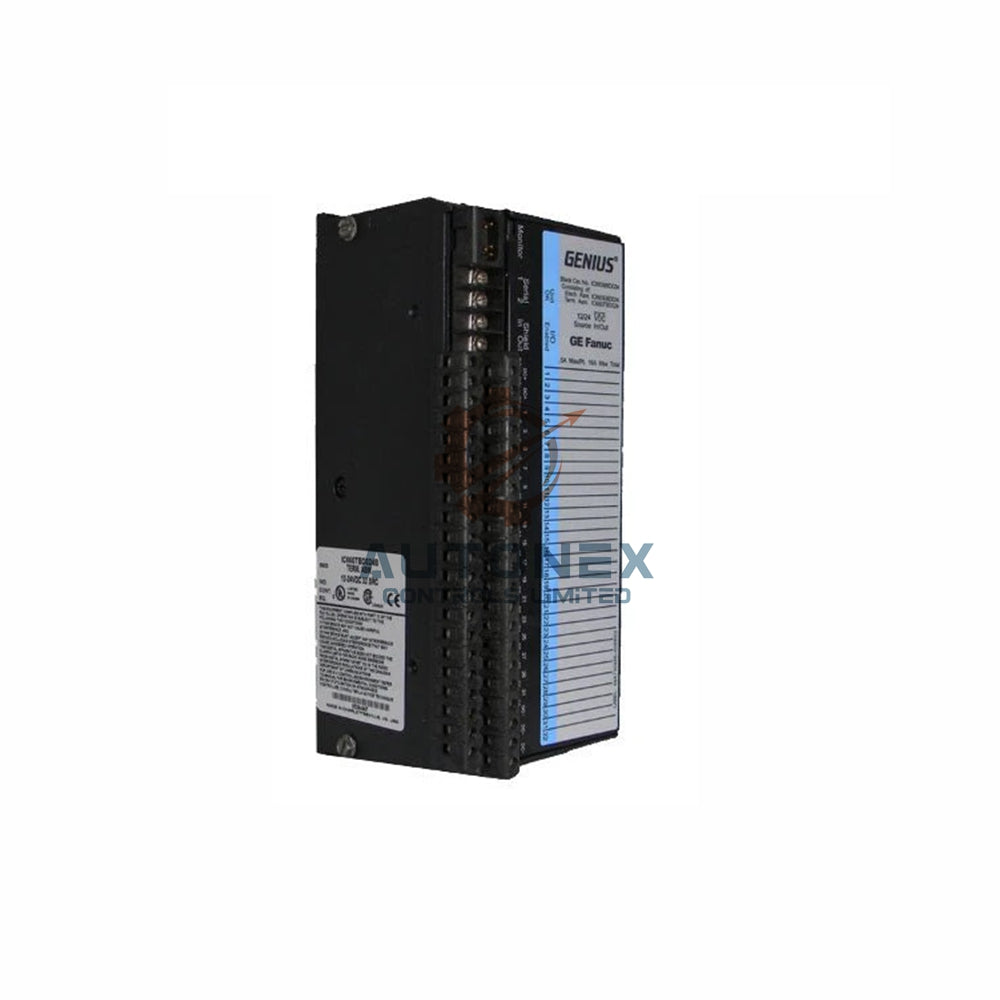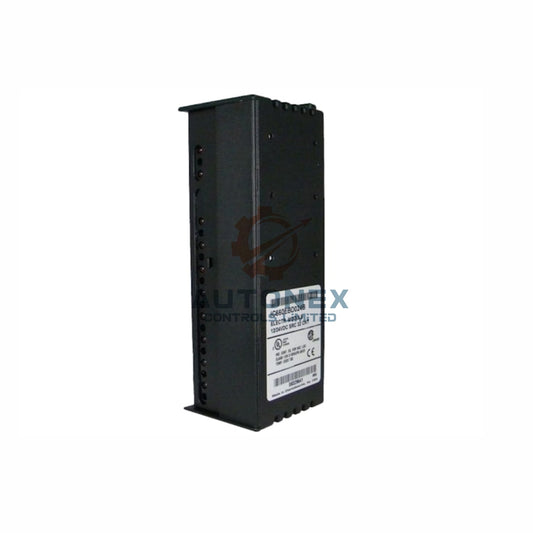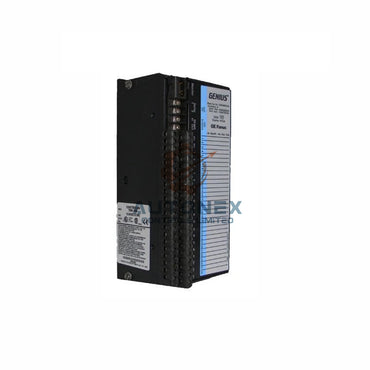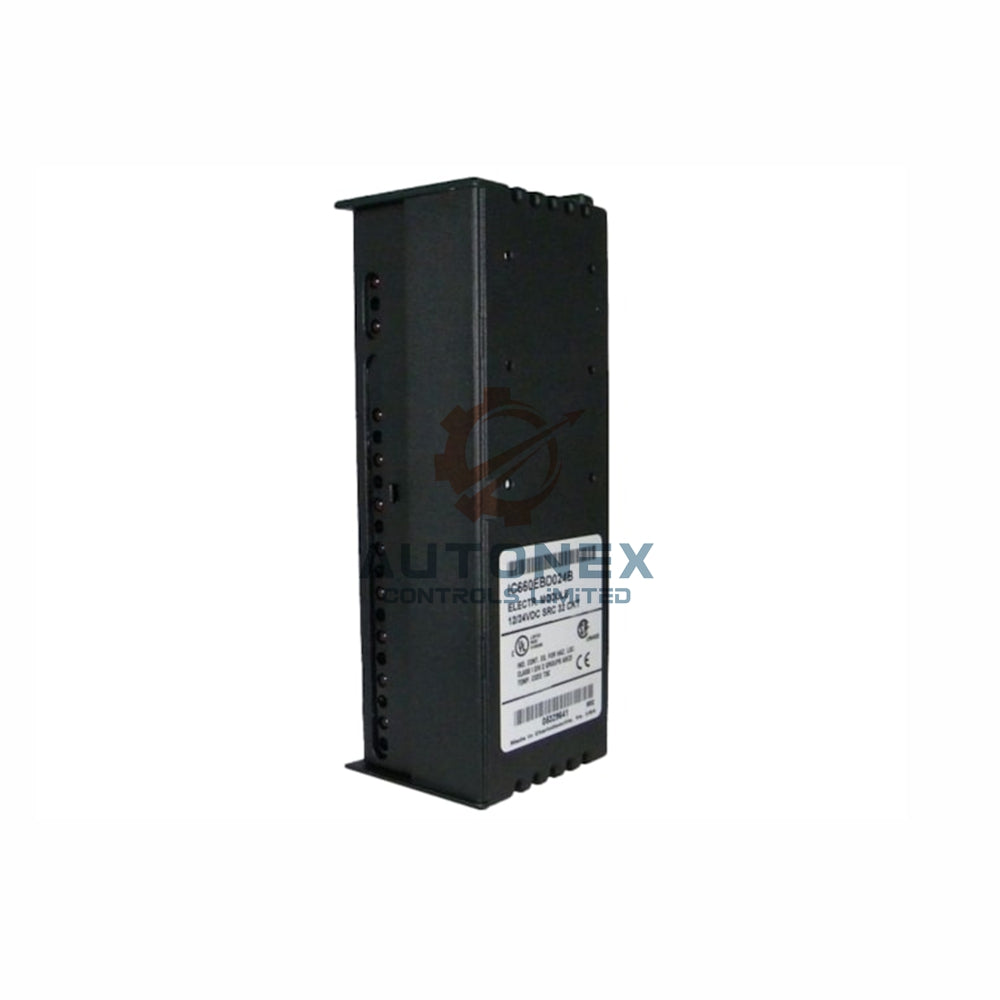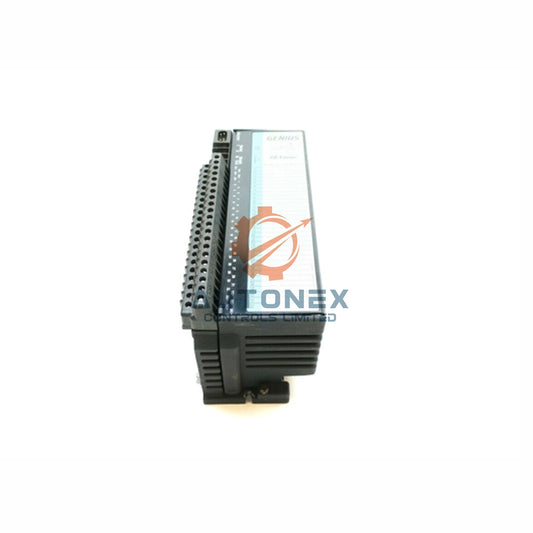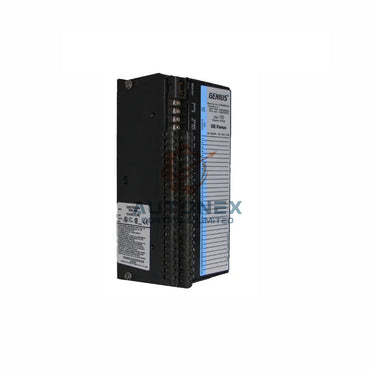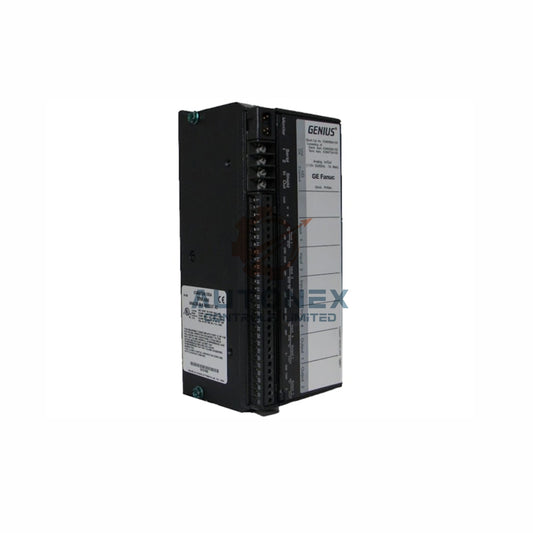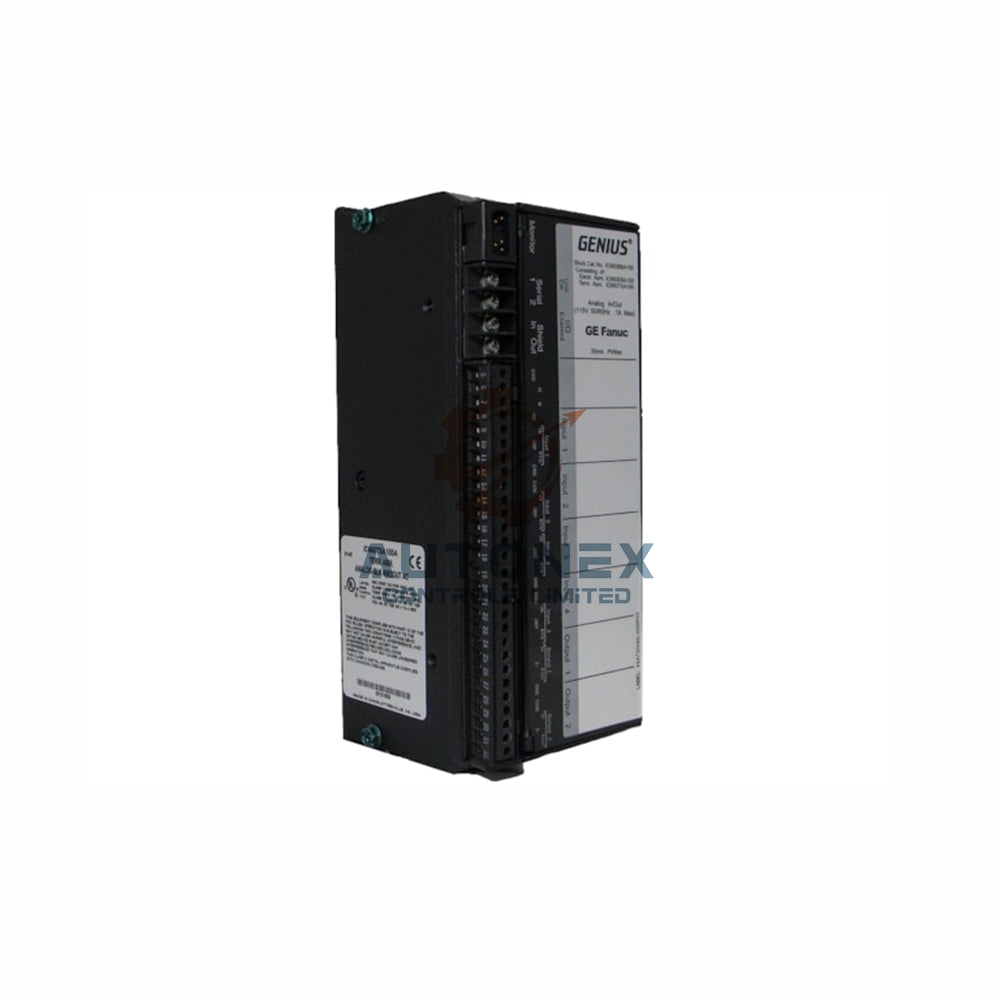Digital vs Analog PLC Inputs: Choosing the Right Industrial Automation Solution
Understanding PLC Input Modules
Programmable Logic Controllers serve as industrial automation brains. They process field device signals to control machinery. Input modules act as crucial bridges between physical sensors and digital processors. These modules come in two primary types: digital and analog.
Digital Inputs: The On/Off Workhorses
Digital inputs handle simple binary signals. They detect only two states: ON or OFF. A typical 24V DC system reads 24V as logic 1 (TRUE). It reads 0V as logic 0 (FALSE). These inputs are ideal for basic status monitoring applications.

Common Digital Input Devices
- Push Buttons and Selector Switches
- Proximity Sensors
- Limit Switches
- Photoelectric Sensors
- Relay Contacts
Sourcing vs Sinking Configuration
Proper wiring requires understanding current flow. Sourcing devices (PNP) provide positive voltage. Sinking devices (NPN) connect to ground. Choosing the wrong configuration can damage equipment.
Analog Inputs: The Precision Measurement Experts
Analog inputs process continuously variable signals. They capture a range of values from field instruments. Standard industrial signals include 4-20 mA and 0-10 VDC. The 4-20 mA standard offers excellent noise resistance.
Common Analog Input Devices
- Temperature Sensors (RTDs, Thermocouples)
- Pressure Transducers
- Level Transmitters
- Flow Meters
- Position Sensors
Analog-to-Digital Conversion Process
PLCs require digital data for processing. Analog modules contain ADC converters. These chips transform continuous signals into digital values. Resolution determines measurement precision.
Key Technical Differences
| Parameter | Digital Inputs | Analog Inputs |
|---|---|---|
| Signal Type | Binary (ON/OFF) | Continuous Range |
| Data Complexity | Simple | Complex |
| Noise Immunity | High | Requires Shielding |
| Typical Signals | 24V DC, 120V AC | 4-20 mA, 0-10V |
Real-World Application Scenarios
Digital Control Example
An assembly line uses proximity sensors. These digital inputs detect product presence. The PLC then activates robotic arms for packaging.
Analog Monitoring Example
A water treatment plant monitors pH levels. Analog sensors send 4-20 mA signals to the PLC. The system automatically adjusts chemical dosing.
Industry Trends and Author's Perspective
Modern PLCs increasingly integrate both digital and analog capabilities. The trend toward IIoT demands more analog sensors for data collection. However, digital inputs remain essential for basic control functions. Choosing the right input type directly impacts system performance and cost.

Implementation Best Practices
Always consider signal conditioning for analog inputs. Use proper shielding in electrically noisy environments. Implement diagnostic routines for critical inputs. Regular calibration ensures analog signal accuracy.
Frequently Asked Questions
Can I use analog sensors with digital inputs?
No, analog sensors require specialized analog input modules. Digital inputs cannot interpret variable signals.
Why is 4 mA used as the live zero in 4-20 mA signals?
The 4 mA baseline distinguishes a live zero from a dead zero. This helps detect wire breaks and faulty sensors.
How many analog inputs do I need for my PLC system?
This depends on your measurement points. Always include 10-20% spare capacity for future expansion.
What is the maximum distance for analog signals?
4-20 mA signals can typically run up to 1000 meters. Voltage signals are limited to shorter distances due to voltage drop.
Can noise affect digital inputs?
Yes, electrical noise can cause false triggering. Proper grounding and shielded cables are essential.
Check below popular items for more information in Autonexcontrol
| 22D-E9P9H204 | 22B-B012H204 | 22B-B024H204 |
| 22D-E9P9N104 | 22B-B017H204 | 22B-B033F104 |
| 22B-B033N104 | 22B-B2P3H204 | 22B-B2P3N104 |
| 22B-B5P0F104 | 22B-B5P0H204 | 22B-B8P0N104 |
| 22B-CCB | 22B-CCC | 22B-D010C104 |


